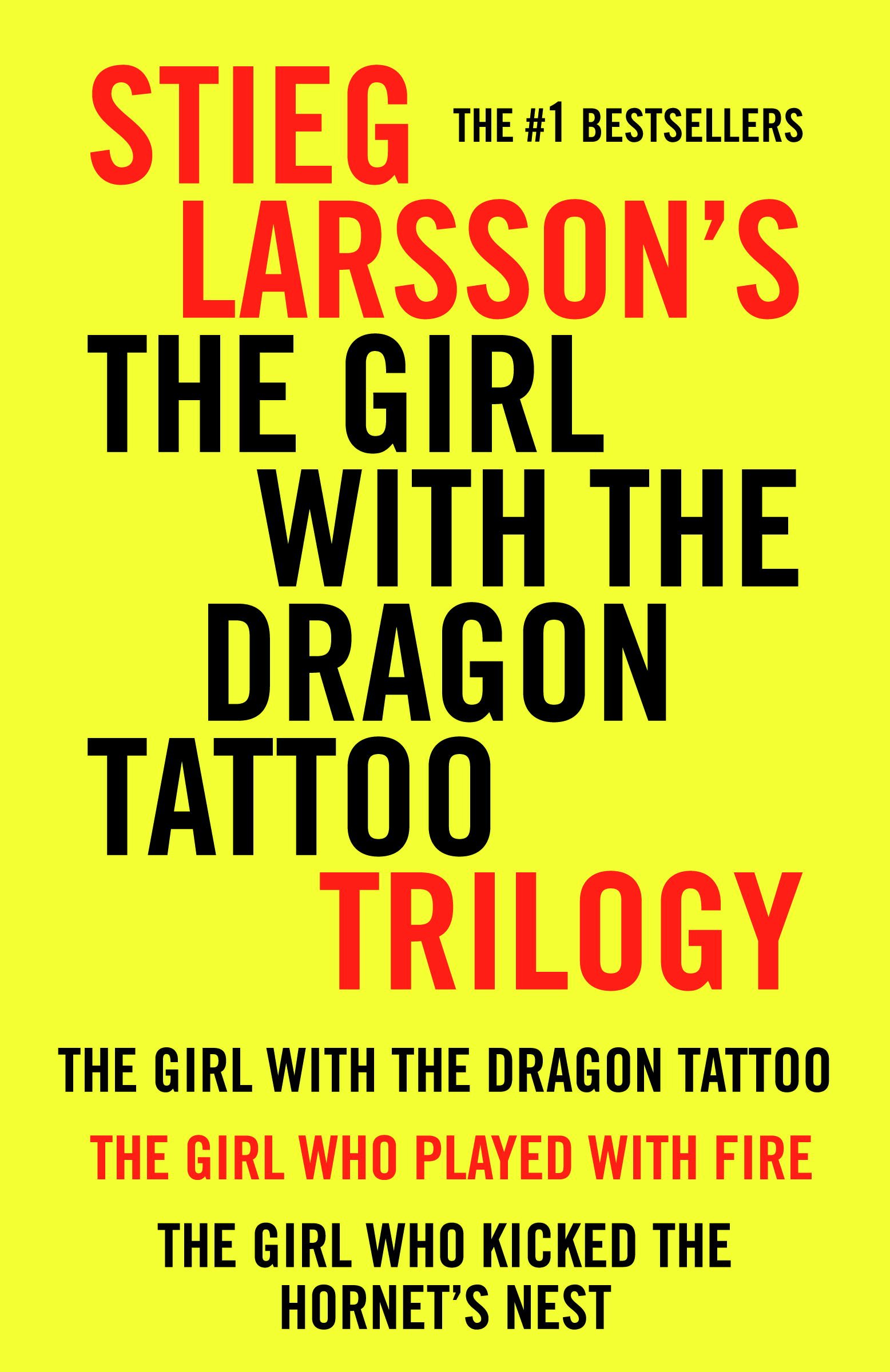By Stieg Larsson
“The Girl with the Dragon Tattoo” is a crime thriller novel that uses various literary devices to weave an intricate and suspenseful story. The author employs techniques such as foreshadowing, symbolism, and vivid imagery to captivate readers and keep them on the edge of their seats. The book explores themes of violence, corruption, and redemption in a thrilling narrative that keeps readers engaged from start to finish.
Themes 📚
- Power Dynamics and Corruption
- Sexual Violence and Abuse
- Gender Roles and Discrimination
- Family and Loyalty
- Revenge and Justice
- Technology and Surveillance
- Wealth and Class
- Isolation and Loneliness
- Personal Identity and Trauma
- Journalism and Ethics.
Use of Literary Devices ✍🏽
- Foreshadowing: Hints and clues given early on that predict future events, creating suspense.
- Symbolism: The use of objects, colors, or images to represent abstract ideas or concepts.
- Irony: The use of words to express the opposite of their literal meaning, often for humorous or dramatic effect.
- Flashback: A scene that interrupts the present action to show events that happened in the past.
- Imagery: The use of descriptive language to create sensory experiences for the reader.
- Metaphor: A comparison between two things that are not literally alike, used to create a deeper meaning or insight.
- Allusion: A reference to a well-known person, place, or event, often used to convey a specific message or meaning.
- Characterization: The way an author develops and describes characters, revealing their personalities and motivations.
- Suspense: The feeling of anticipation or uncertainty that keeps the reader engaged and wanting to know what happens next.
- Juxtaposition: The placement of two contrasting ideas or images next to each other, often to emphasize their differences or similarities.
Examples of Literary Devices 📋
| Example | Explanation |
|---|---|
| The mystery of Harriet’s disappearance | From the early chapters, Larsson leaves clues that foreshadow the solution to Harriet’s disappearance. |
| Lisbeth’s tattoos and piercings | These physical attributes hint at her troubled past and tough demeanor, which become important later in the story. |
| The framed flowers | These become significant later in revealing the identity of the killer. |
| Example | Explanation |
|---|---|
| Lisbeth’s dragon tattoo | It symbolizes her fiery spirit and her ability to breathe ‘fire’ on her enemies when she is threatened. |
| The framed flowers | These symbolize the victims of the murderer and the method of their killings. |
| The locked room in the Vanger estate | It symbolizes the dark secrets that the Vanger family hides. |
| Example | Explanation |
|---|---|
| Martin Vanger’s role | Martin, who initially appears to be a responsible, respectable figure, is revealed to be a sadistic murderer. |
| The public’s perception of Lisbeth | Despite being seen as mentally incompetent by society, Lisbeth is one of the most intelligent characters in the book. |
| Blomkvist’s mission | Blomkvist is hired to solve a mystery that his employer already knows the answer to. |
| Example | Explanation |
|---|---|
| Harriet’s past | The flashbacks to Harriet’s past provide insight into her character and the reasons for her disappearance. |
| Lisbeth’s troubled childhood | The glimpses into Lisbeth’s troubled past help the reader understand her present behavior. |
| Blomkvist’s previous case | The flashbacks to Blomkvist’s previous case establish his character as a journalist and set the stage for the main plot. |
FAQs 💭
What is a literary device?
A literary device is a technique used by writers to convey a message or enhance the reading experience. Examples include symbolism, foreshadowing, and metaphor.
How does “The Girl With the Dragon Tattoo” use symbolism?
What is the role of foreshadowing in the novel?
Foreshadowing is used to create tension and anticipation in the plot. For example, early hints of Harriet’s disappearance build up to the discovery of her body later in the novel.
How does the author use flashback in the story?
What is the effect of using multiple narrators in the novel?
The use of multiple narrators allows the reader to see different perspectives and layers of the story. It also adds complexity and depth to the characters.
How does the author use irony in the story?
How does the author use imagery in the novel?
The author uses vivid and descriptive imagery to create a sense of place and atmosphere, such as the stark and isolated landscape of Hedeby Island.
What is the role of metaphor in the novel?
Metaphors are used to convey complex ideas and emotions. For example, Lisbeth’s dragon tattoo is a metaphor for her inner strength and resilience.
How does the author use dialogue in the story?
What is the effect of using a nonlinear narrative in the novel?
The nonlinear narrative adds complexity and depth to the story, allowing the reader to piece together the puzzle of Harriet’s disappearance alongside the characters. It also creates suspense and tension.

